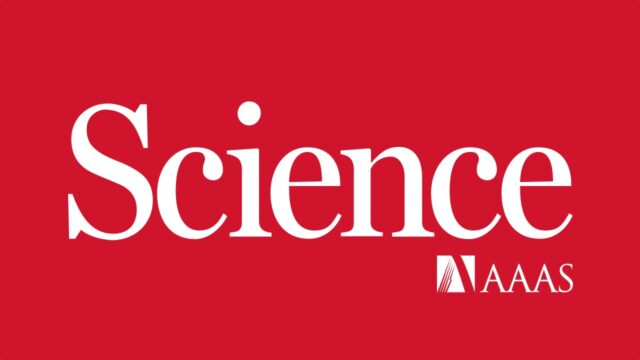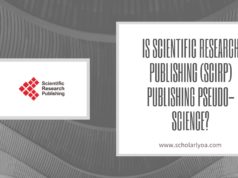
In its issue being released tomorrow (October 4, 2013, volume 342, p. 60-65), Science magazine is publishing a six-page article detailing a sting operation it conducted on scholarly open-access publishers.
The article is entitled “Who’s Afraid of Peer Review?” It reports on a research project conducted by Science‘s John Bohannon, who wrote several versions of a bogus science article about the cancer-fighting abilities of a compound extracted from lichen.
Over a year’s time, he submitted the bogus paper to various open-access journals and recorded how many accepted it. The article found, “By the time Science went to press, 157 of the journals had accepted the paper and 98 had rejected it.” The author classifies the journals he submitted to as being on Beall’s List, DOAJ (Directory of Open Access Journals), or both.
The ones on my list had a higher rate of acceptance, and the article says, “The results show that Beall is good at spotting publishers with poor quality control.” Unfortunately, for journals on DOAJ but not on my list, the study found that 45% of them accepted the bogus paper, a poor indicator for scholarly open-access publishing overall.

When a publisher offered to accept and publish the paper, the author immediately withdrew it. Remarkably, several journals published the papers anyway. I was able to find four of them and I make them available here:
- Arthogalin inhibits the growth of murine malignant prostate sarcoma cells in vitro
- Nephrosterinic acid inhibits the growth of murine malignant pleural sarcoma cells in vitro
- 7-Chloronorlichexanthone Inhibits the Growth of Murine SV40 Transformed Lymphoid Sarcoma Cells in vitro
- Schizopeltic Acid Inhibits the Growth of Murine Polyploid Pulmonary Blastoma Cells in vitro
The first one is published in the Journal of Pharmacy and Pharmacological Research, published by Global Research Journals, which is on my list.
The second one was published in the Scientific Journal of Medical Science, published by SJournals, which is on my list. This article appears to have been removed by the publisher.

The third one was published in OMICS Publishing Group’s journal Medicinal Chemistry, but the article has been removed from the OMICS website. I am not surprised to see that OMICS fell for the sting operation. OMICS usually publishes most of the articles submitted to it and then demands payment from the surprised authors.
The fourth one was published in the Journal of Biochemical and Pharmacological Research, published by Research Publisher, which is on my list.
The Science researcher used made up names and made up institutes, some of which are quite amusing.
I’ve known for a long time that predatory publishers are corrupting open access, that they are accepting papers unworthy of bearing the imprimatur of science, and that they are hurting researchers, science, and science communication. I am delighted that the research reported in the Science article confirms this.












